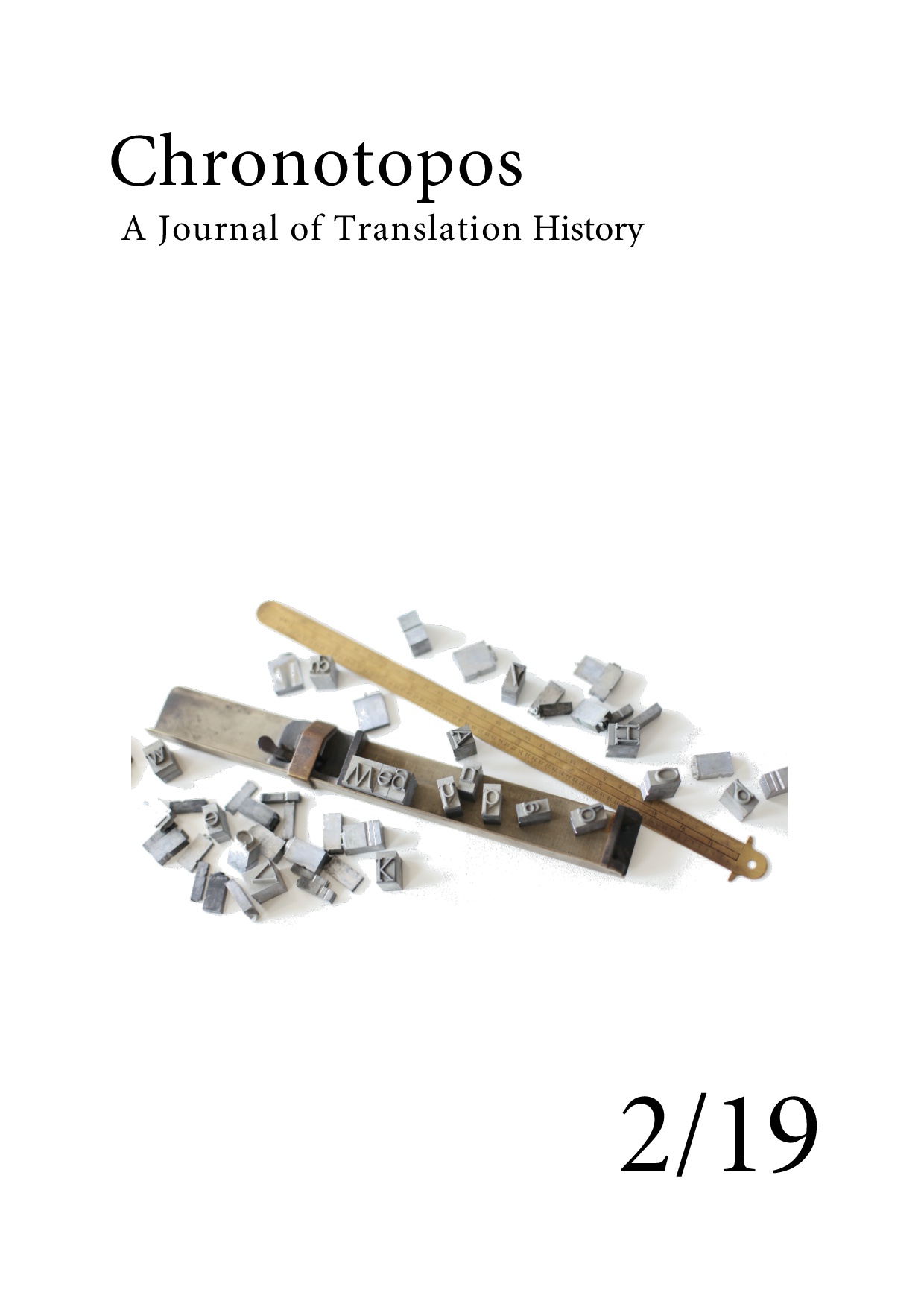Setting the canon, translating the canon
Translations in Slovene school readers and translation policy within the school system of the Habsburg monarchy (1848–1918)
DOI:
https://doi.org/10.25365/cts-2019-1-2-4Schlagworte:
Translationsgeschichte, Habsburger Reich, 19. Jahrhundert, Schulbücher, Kanonisierung, Akteur, Pseudo-Originale, RewritingAbstract
The second half of the nineteenth century is of crucial importance in Slovene history, as during this time, a sense of national consciousness began to be disseminated, literacy increased significantly, and different Slovene vernaculars were developed into a modern, supra-regional, standardized, and codified Slovene language. These developments were intertwined and enabled by general processes of modernization within the Habsburg Monarchy, under which the Slovenes had lived for centuries alongside speakers of other languages. At the same time, spurred on by the ideas of the liberal Revolution of 1848, a modern school system was first established within the monarchy. The demand for modern schoolbooks to be used within this system was a considerable challenge, especially for Slavic languages like Slovene, which were not yet fully developed. This task proved to be impossible without relying heavily on translations, and, starting in 1848, modern schoolbook production soon led to an increase in translation activity. This paper examines the historical circumstances surrounding the creation of Slovene schoolbooks between 1848 and 1918, the main agents in the field, the volume and the characteristics of translations included in schoolbooks, if and when they were marked as translations, translation strategies, and ideological steering through translations. It also examines the issues of whether and how the state, through the Ministry of Education, controlled or guided these translations activities while also controlling content within schoolbook production in general.
Downloads
Veröffentlicht
Zitationsvorschlag
Ausgabe
Rubrik
Lizenz
Copyright (c) 2019 Karin Almasy

Dieses Werk steht unter der Lizenz Creative Commons Namensnennung - Nicht-kommerziell 4.0 International.

Lizenz: CC-BY-NC 4.0


